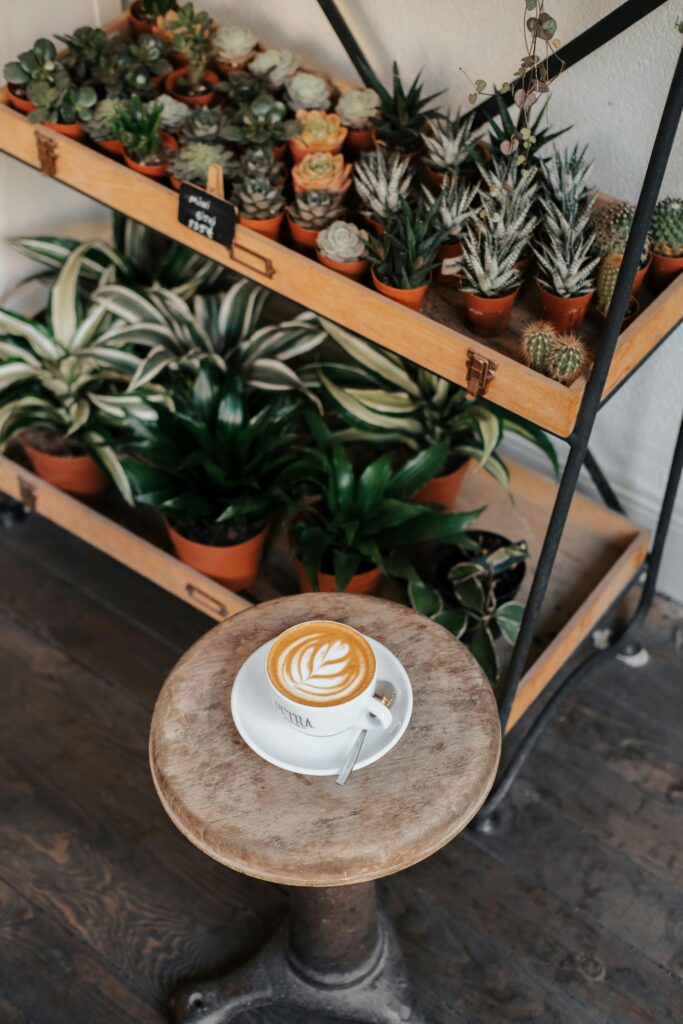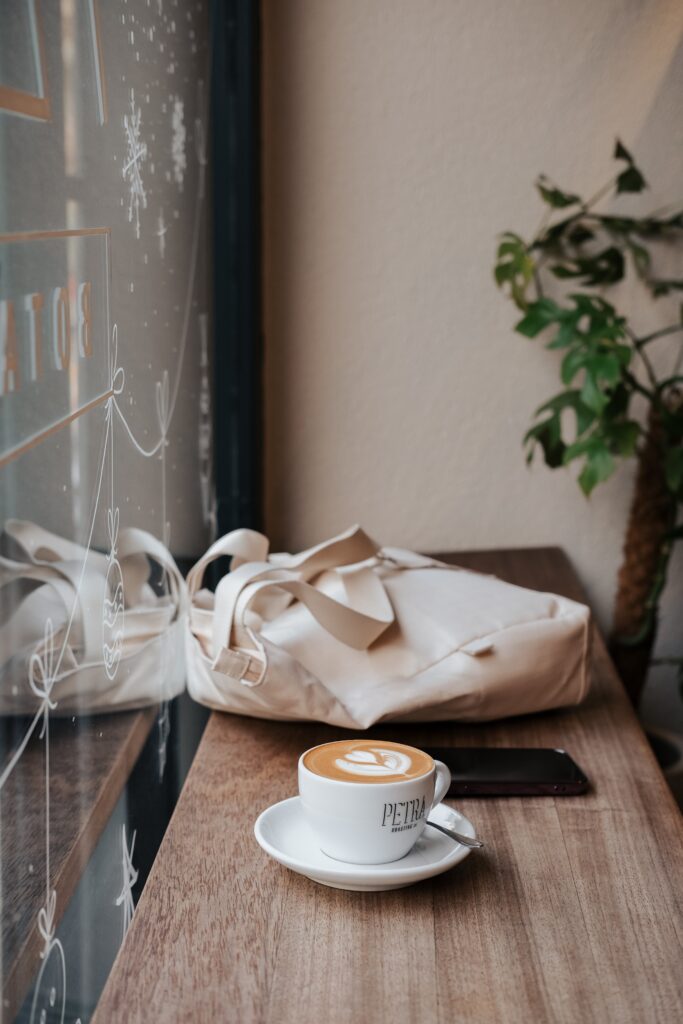Have you ever wondered how mechanical artwork comes to life? In this article, you will discover the secrets to adding movement to your own mechanical creations. Whether you’re a seasoned artist or a curious beginner, these tips and techniques will inspire you to bring your designs to life with captivating movement. From kinetic sculptures to automaton toys, learn how to add that extra touch of magic to your mechanical artwork and mesmerize your audience. Get ready to dive into the fascinating world of movement and creativity!

Understanding the Basic Principles of Mechanical Artwork
Mechanical artwork is a fascinating form of artistic expression that combines aesthetics with motion. In order to create compelling and visually dynamic pieces, it is important to understand the basic principles of how mechanical movement works. Three key principles to grasp are friction as a source of movement, leverage and balance, and gears and pulleys.
Friction as a source of movement
Friction is an essential element in mechanical artwork as it provides the necessary resistance for movement. By utilizing materials with differing levels of friction, such as metal against metal or metal against plastic, you can control the speed and smoothness of the motion. When designing your artwork, consider how friction can be incorporated to enhance the overall experience.
Leverage and balance
Leverage and balance are fundamental principles when it comes to creating movement in mechanical artwork. By understanding the principles of leverage, you can manipulate the forces acting on your creation to generate controlled and fluid motion. Balance plays a crucial role in maintaining stability and preventing excessive strain on the mechanisms. Properly balancing your artwork ensures smooth and reliable movement.
Gears and pulleys
Gears and pulleys are the workhorses of mechanical movement. Gears provide a reliable way to transmit motion from one part of your artwork to another, while pulleys allow for the amplification of force or change in direction. By understanding how different gear sizes and ratios affect movement, you can create intricate and mesmerizing motion in your artwork.
Choosing the Right Mechanism for Your Artwork
When it comes to adding movement to your mechanical artwork, choosing the right mechanism is crucial. There are different types of mechanisms to consider, each with its own advantages and limitations. Researching and understanding these options will help you make an informed decision that suits your artistic vision.
Researching different types of mechanisms
Take the time to explore various mechanisms commonly used in mechanical artwork, such as crankshafts, camshafts, and linkages. Each mechanism offers unique possibilities for movement and can be tailored to suit your artistic intentions. By understanding the principles behind these mechanisms, you can select the one that best aligns with your artistic vision.
Considering the size and weight of your artwork
The size and weight of your artwork will greatly impact the choice of mechanism. A larger and heavier piece may require a more robust mechanism for stability and durability. Conversely, a smaller and lighter artwork may allow for more delicate and intricate mechanisms. Consider the size and weight of your artwork when deciding on the appropriate mechanism to ensure it can support and enhance the overall aesthetics.
Evaluating the level of complexity desired
The level of complexity you desire for your mechanical artwork is another important factor to consider. Some mechanisms are relatively simple, while others require more advanced engineering and fabrication. Assess your own skill level and the amount of effort you are willing to invest in mastering a particular mechanism. Striking a balance between complexity and feasibility is key to creating a successful and satisfying piece of mechanical artwork.
Acquiring the Necessary Tools and Materials
Before diving into the process of adding movement to your artwork, it is essential to gather the necessary tools and materials. Mechanical assembly requires a combination of common tools and specialized equipment to ensure precise and accurate construction.
Gathering common tools for mechanical assembly
Start by collecting common tools such as screwdrivers, pliers, wrenches, and drills. These tools will be used for general assembly and securing various components. Having a well-stocked toolkit will make the process smoother and more efficient.
Sourcing specialized tools and components
In addition to common tools, there are specific tools designed for mechanical assembly that can greatly assist in the process. These may include gear pullers, alignment tools, and specialized wrenches. Research and identify the tools that are specific to your chosen mechanism to ensure you have everything needed to complete the project successfully.
Selecting the appropriate materials
Choosing the right materials for your mechanical artwork is crucial for its durability and functionality. Consider the forces and stresses that will be exerted on the components and select materials that can withstand these demands. Common materials used in mechanical artwork include metals such as brass and aluminum, as well as strong and durable plastics. Make sure to also consider aesthetics when selecting materials, as they play a significant role in the overall presentation of your artwork.
Designing for Movement
Designing for movement involves sketching different ideas, considering practicality and aesthetics, and creating detailed plans and diagrams. Taking the time to carefully plan and design your artwork will set a solid foundation for successful implementation of your chosen mechanism.
Sketching different movement ideas
Begin by sketching different movement ideas for your artwork. Consider how each movement will enhance the overall artistic experience and align with your artistic vision. Explore various possibilities, from simple and elegant motion to complex and intricate mechanisms. Sketching allows you to visualize and refine your ideas before committing to a specific design.
Considering the practicality and aesthetics of each design
Once you have multiple design concepts, evaluate their practicality and aesthetics. Consider factors such as the space required for the mechanism, the ease of maintenance, and the overall visual impact. Ensure that the chosen design not only functions well but also complements and enhances the artistic appeal of your artwork.
Creating detailed plans and diagrams
After settling on a design, create detailed plans and diagrams to guide the implementation process. These plans should include precise measurements, component placement, and assembly instructions. Detailed documentation will make the construction phase much smoother and help avoid potential issues down the line.

Implementing the Chosen Mechanism into Your Artwork
Implementing the chosen mechanism into your artwork requires careful disassembly and preparation of the existing piece, attaching the mechanism, and ensuring smooth operation and alignment.
Disassembling and preparing the artwork for modification
Begin by disassembling your artwork, taking care to document and organize each component. This will make reassembly much easier. Evaluate the existing structure and ensure it is sturdy enough to support the added mechanism. Make any necessary reinforcements or modifications to the structure to accommodate the mechanical components.
Attaching the chosen mechanism to the artwork
Once the artwork is prepared, carefully attach the chosen mechanism. Follow the plans and diagrams created during the design phase to ensure proper placement and alignment. Take your time during this step to ensure a secure attachment that allows for smooth and reliable movement.
Ensuring smooth operation and alignment
After attaching the mechanism, test the movement to ensure it operates smoothly and without any obstructions. Make any necessary adjustments to the mechanism and its alignment as needed. Proper alignment is crucial for optimal performance and longevity of your mechanical artwork.
Integrating Counterweights and Springs
Counterweights and springs are essential elements in creating balanced and controlled movement in mechanical artwork. Understanding their purpose, calculating the necessary weight and tension, and properly integrating them into your artwork will enhance the overall motion.
Understanding the purpose of counterweights and springs
Counterweights and springs serve different purposes. Counterweights provide balance and stability by offsetting the weight of certain components, while springs supply the necessary tension to control movement. Understanding how each of these elements contributes to the overall motion of your artwork is key to achieving the desired effect.
Calculating the necessary weight and tension
Calculating the necessary weight and tension for counterweights and springs requires considering factors such as the weight of the moving components, the desired speed and amplitude of the movement, and the mechanical advantage provided by the chosen mechanism. A balance between weight and tension must be achieved to ensure controlled and fluid motion.
Proper placement and attachment
Once the weight and tension have been calculated, it is important to properly place and attach the counterweights and springs. Ensure that the counterweights are securely mounted and properly balanced to maintain stability. Springs should be attached in such a way that they provide the desired tension without hindering or interfering with the overall movement of the artwork.

Utilizing Kinetic Energy from External Sources
Incorporating external sources of kinetic energy can add an extra dimension to your mechanical artwork. Harnessing energy from wind or water, utilizing solar power, or utilizing batteries or electric motors can create dynamic and self-sustaining motion.
Incorporating wind or water as a source of energy
Natural elements such as wind and water can be harnessed to provide a renewable source of energy for your mechanical artwork. Windmills or watermills can be integrated into the design, capturing the energy from these elements and converting it into movement. This adds an element of unpredictability and environmental interaction to your artwork.
Harnessing solar energy for movement
Solar power offers another environmentally friendly option for adding movement to your mechanical artwork. Solar panels can be discreetly incorporated into the design, converting sunlight into electrical energy to power motors or other mechanisms. This opens up exciting opportunities for both indoor and outdoor installations.
Utilizing batteries or electric motors
For more controlled and reliable movement, batteries or electric motors can be utilized as a source of energy. Battery-powered mechanisms offer the advantage of being portable and versatile, while electric motors provide consistent and controllable motion. Consider the practicality and convenience of these options when deciding on the energy source for your artwork.
Troubleshooting and Fine-Tuning the Movement
Even with careful planning and execution, it is common to encounter issues during the implementation stage. Troubleshooting and fine-tuning the movement of your mechanical artwork is a necessary step to ensure optimal functionality and enjoyment.
Identifying common issues and their potential solutions
Common issues that may arise include uneven or jerky movement, components getting stuck or misaligned, or excessive noise. Take the time to identify the root causes of these issues and consider potential solutions. This may involve adjusting the tension of springs, lubricating moving parts, or reinforcing weak or vulnerable areas.
Making adjustments to optimize movement
Fine-tuning the movement of your mechanical artwork often requires making adjustments and refinements. Take a systematic approach by making small incremental changes and testing the results. This allows for precise optimization and gradual improvement of the motion. Patience and attention to detail are key during this stage.
Testing and re-testing for functionality
After making adjustments, thoroughly test the functionality of your artwork. Monitor the movement closely and ensure that it performs as intended. Repeat the testing process multiple times to verify consistency and reliability of the movement. Make any necessary further adjustments until you are fully satisfied with the functionality.
Adding Visual Enhancements to the Movement
In addition to the mechanical motion, incorporating visual enhancements can elevate the impact of your artwork. Adding decorative elements, integrating lighting effects, and incorporating sound can create a truly immersive and multi-sensory experience.
Adding decorative elements that enhance the motion
Consider adding decorative elements that complement and enhance the mechanical motion. This could include flowing scarves, spinning gears, or rotating sculptures. These visual enhancements not only add aesthetic value but also accentuate the dynamic nature of the movement.
Integrating lighting effects to highlight movement
Lighting effects can dramatically enhance the visual impact of your mechanical artwork. Consider incorporating LED lights or spotlights that illuminate specific components or create interesting shadow patterns. Experiment with different colors and intensities to achieve the desired atmospheric effect.
Incorporating sound to create a multi-sensory experience
To create a truly immersive experience, consider incorporating sound into your mechanical artwork. This can include musical elements such as chimes or melodic arrangements, or industrial sounds that complement the mechanical motion. Sound adds another layer of sensory engagement, bringing your artwork to life.
Exploring Advanced Techniques and Innovations
For those seeking to push the boundaries of mechanical artwork, exploring advanced techniques and innovations can lead to groundbreaking creations. Investigate the works of master automaton builders, experiment with unconventional movement mechanisms, and inspire others with your own innovative designs.
Investigating the works of master automaton builders
Master automaton builders throughout history have created awe-inspiring mechanical artworks. Take the time to study their works, understand their techniques, and gain inspiration from their achievements. Learning from masters can spark new ideas and help you refine your own artistic style.
Experimenting with unconventional movement mechanisms
Embrace your creativity by experimenting with unconventional movement mechanisms. Push the boundaries of what is traditionally considered possible and explore new avenues of motion. This can involve combining multiple mechanisms, utilizing cutting-edge materials, or inventing entirely new ways of creating movement.
Inspiring others with groundbreaking mechanical artwork
As you explore advanced techniques and innovations, remember to share your knowledge and creations with others. By inspiring fellow artists and enthusiasts, you contribute to the growth and evolution of mechanical artwork as a whole. Share your experiences, document your processes, and foster a community of collaboration and innovation.
In conclusion, adding movement to mechanical artwork is a rewarding and captivating endeavor. By understanding the basic principles, choosing the right mechanism, acquiring the necessary tools and materials, designing with movement in mind, implementing the chosen mechanism, integrating additional elements, troubleshooting and fine-tuning, and exploring advanced techniques, you can create stunning and dynamic pieces that captivate and inspire. Embrace the world of mechanical art, and let your creativity come to life through mesmerizing motion and innovation.

